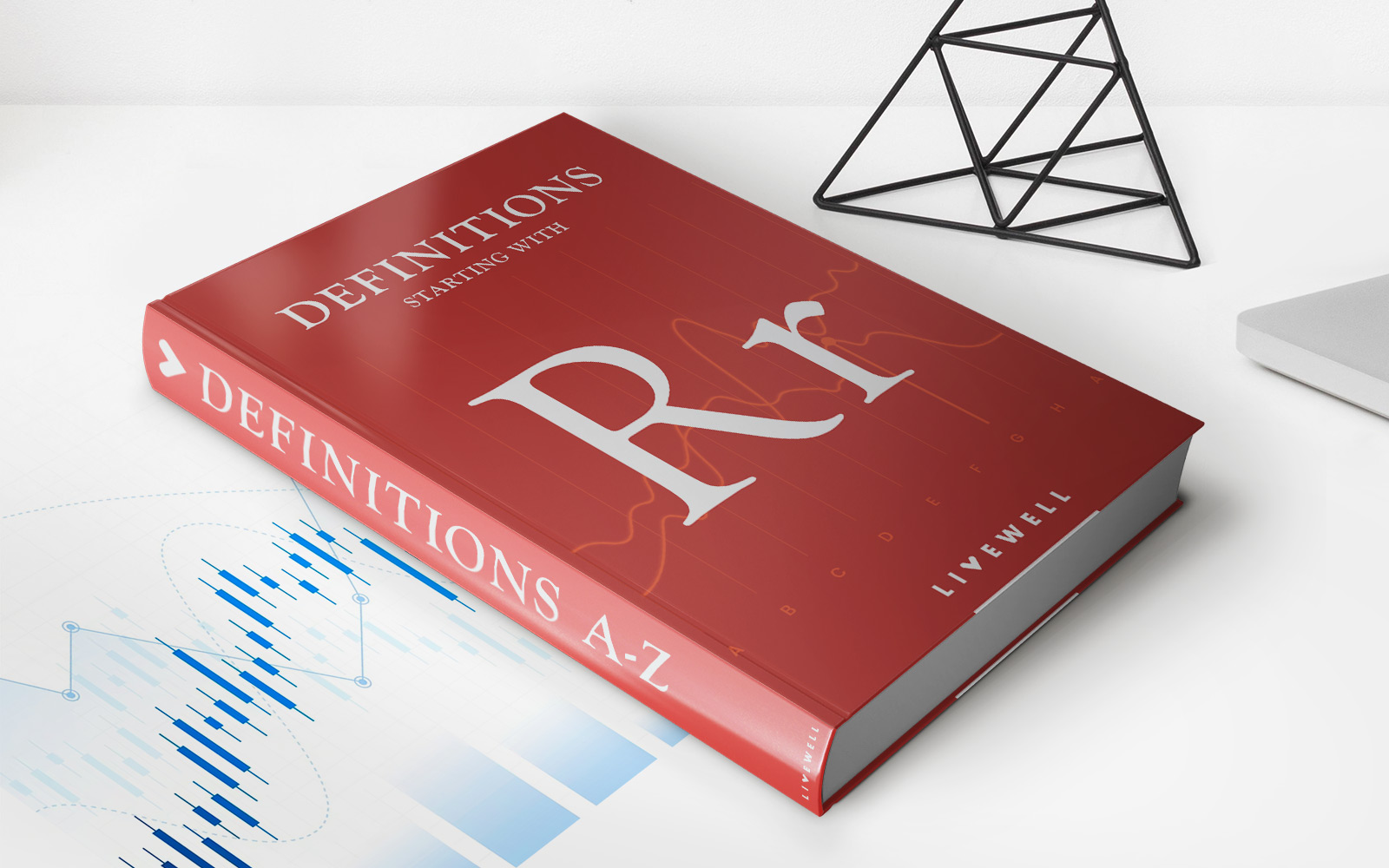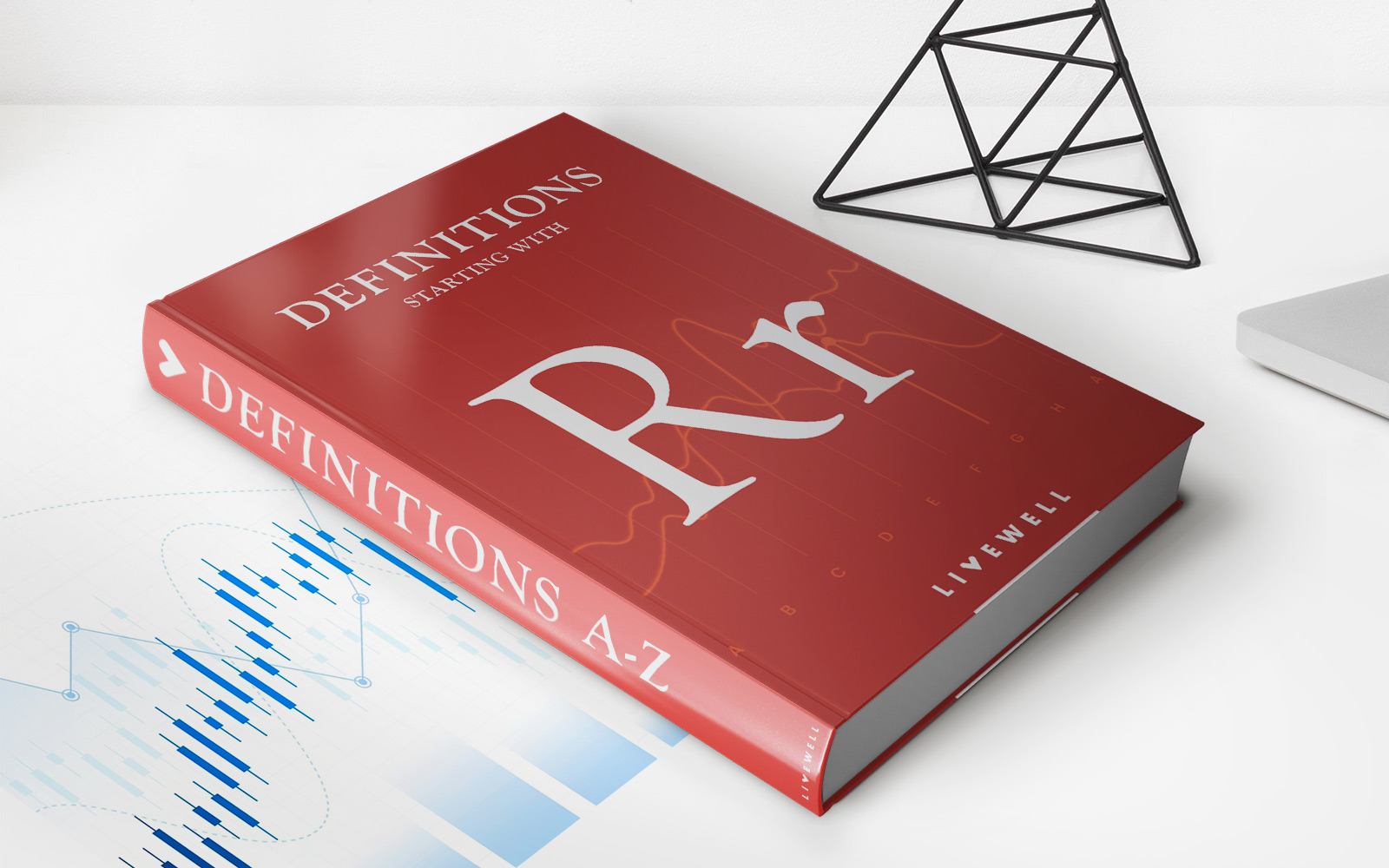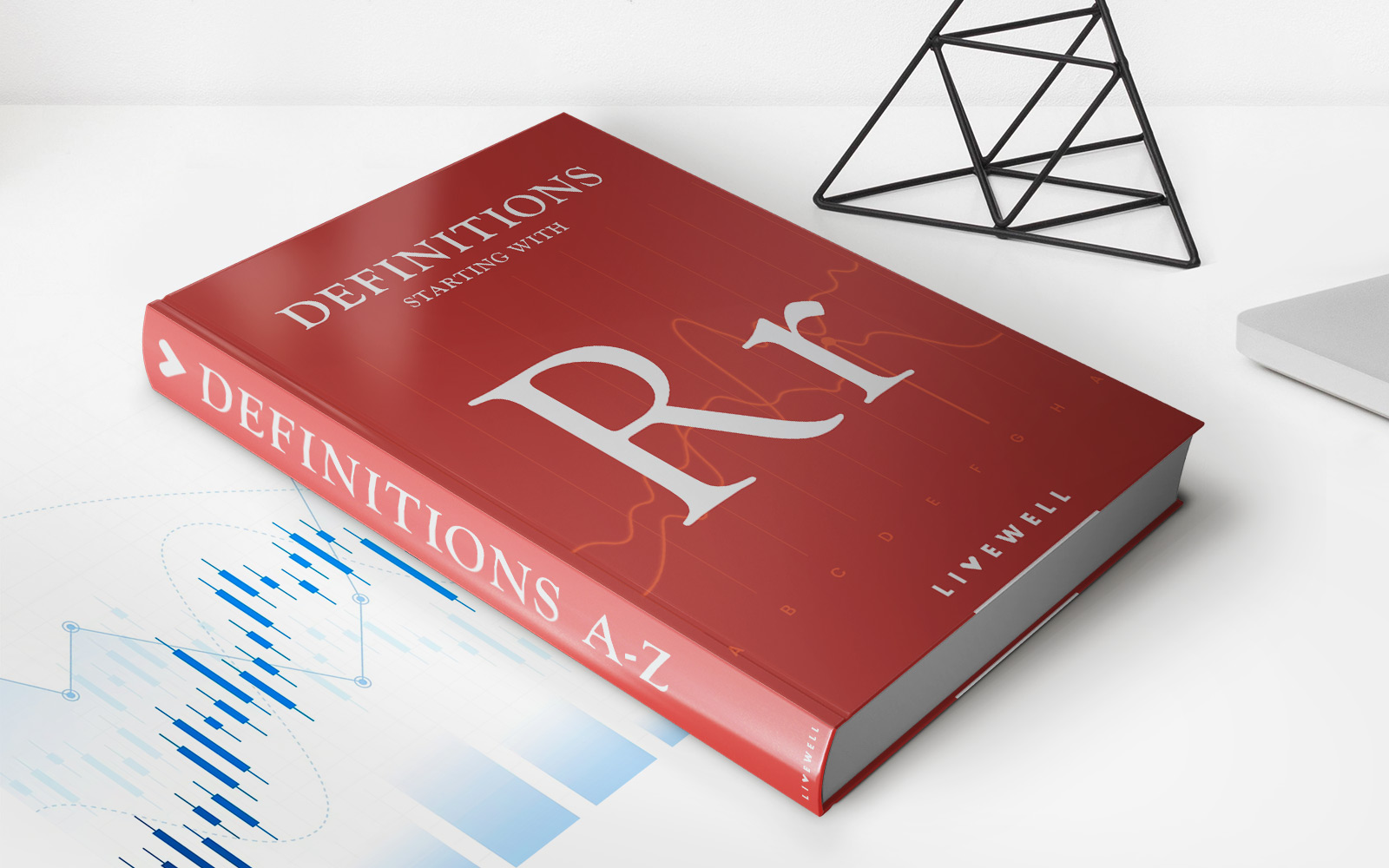Home>Finance>Regulation T (Reg T): Definition Of Requirement And Example


Finance
Regulation T (Reg T): Definition Of Requirement And Example
Published: January 18, 2024
Learn the definition and example of Regulation T (Reg T) in finance. Understand the requirements of this regulation and its impact on financial markets.
(Many of the links in this article redirect to a specific reviewed product. Your purchase of these products through affiliate links helps to generate commission for LiveWell, at no extra cost. Learn more)
Understanding Regulation T (Reg T): Definition of Requirement and Example
Welcome to my finance blog! Today, we’re diving into the world of regulation with a focus on Regulation T, also known as Reg T. As an investor or a trader, it’s crucial to have a clear understanding of the rules and requirements that govern the financial markets. In this article, we’ll explore what Reg T is, its significance, and provide you with a real-life example to help illustrate its application. So, let’s get started!
Key Takeaways:
- Regulation T (Reg T) is a regulation implemented by the Federal Reserve Board.
- It sets the initial margin requirement for purchasing stocks or securities on credit.
What is Regulation T (Reg T)?
In simple terms, Regulation T (Reg T) is a regulation implemented by the Federal Reserve Board that governs the way investors and traders can purchase stocks or securities on credit. It sets the initial margin requirement, which is the percentage of the total value of the securities that an investor must personally finance. The remaining portion can be obtained through borrowing from a broker-dealer using a margin account. This regulation is in place to prevent excessive speculation and to maintain the stability of the financial markets.
Example Illustrating Regulation T
Let’s say you have $10,000 in cash and you want to purchase $20,000 worth of stocks. According to Regulation T, the initial margin requirement is typically set at 50%. This means that you need to personally finance 50% of the total value, which in this case would be $10,000. The remaining $10,000 can be borrowed from your broker-dealer, allowing you to complete the purchase.
However, it’s important to note that borrowing money to invest in stocks through a margin account comes with risks. If the value of your stocks declines, you may be required to deposit additional funds to maintain the minimum margin requirement, as determined by the broker-dealer and the prevailing market conditions. Failure to meet these requirements could result in the forced sale of your securities or a margin call.
It’s always crucial to carefully assess your financial situation, risk tolerance, and consult with a financial advisor before engaging in margin trading or any investment strategy.
Conclusion
Regulation T (Reg T) is an important regulation that sets the initial margin requirement for purchasing stocks or securities on credit. By limiting the amount of leverage an investor can utilize, it helps maintain the stability and integrity of the financial markets. Remember to always educate yourself about the rules and regulations that govern the investments you make and seek professional advice when needed.














